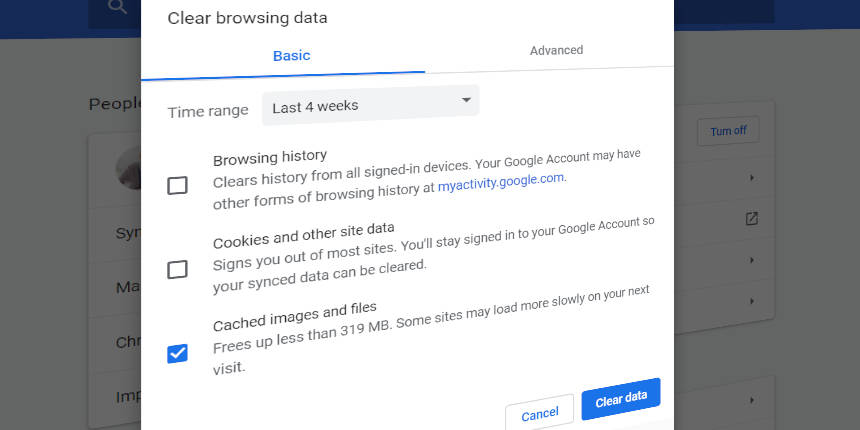
Unleash the true value of your data with our center of excellence, Proove Intelligence.

Tech giants have to tread a fine line between protecting user privacy and offering up enough user data to entice advertisers. Although people have become increasingly wary of how their data is harvested, they’re rarely willing to pay for ad-free website access. Advertisers, for their part, still require access to user data to justify their gargantuan spending in digital channels—spending that supports the continued existence of the free web as we know it.
With no consensus between major players and consumer interest groups, Google this week announced that they are developing a Privacy Sandbox they hope will give users more insight into and control over the ways their data is used in digital advertising. It’s an open invitation to submit feedback and recommendations so the industry can come together and decide upon a mutually acceptable code of conduct.
Lending credence to their famous “Don’t be evil” mantra, Google’s initial outlines are:
The inescapable fact that users don’t like the idea of being tracked has led to the stratospheric rise of ad blockers and a growing trend of declining advertising cookies. Major vendors have also erred on the side of privacy over the years, including Apple and its recent changes to Safari’s anti-tracking rules.

There are, of course, illicit ways to bypass such privacy measures—either by masking third-party cookies as first-party, or even going so far as to compile a digital “fingerprint” using consented data. These fingerprints are compiled from information the user doesn’t necessarily know they’re offering up, from device type to fonts installed. So, even if a user has blocked cookies, advertisers can still use these insights to offer personalized content. It’s a less-than-savory scenario that’s creating a serious PR problem for the advertising industry.
Subscribe to our monthly newsletter.
Without user data, advertisers often have to push ads without any audience insights. This invariably reduces performance and sometimes leads to reduced advertising spends or advertising stopping altogether—which doesn’t bode well for the future of the free web. Advertisers, vendors, and users alike have a vested interest in establishing what constitutes fair practice in digital advertising.
Google already offers some insights into the data it holds on users, showing the interest categories it has built up based on browsing history and intent. Facebook, meanwhile, aims to create transparency by offering a searchable collection of all ads it currently runs. Progress is certainly being made, and this opportunity to set universal standards can only be good news for an industry seeking to restore user trust and offer a strong platform for advertisers to continue spending.
Want to make sure your ad spend is ethical down to the last cent? We wouldn’t have it any other way. Contact DAC to arrange an enlightening chat about your digital advertising goals, challenges, and opportunities.
Unleash the true value of your data with our center of excellence, Proove Intelligence.
Unleash the true value of your data with our center of excellence, Proove Intelligence.
Unleash the true value of your data with our center of excellence, Proove Intelligence.
Subscribe to our monthly newsletter.